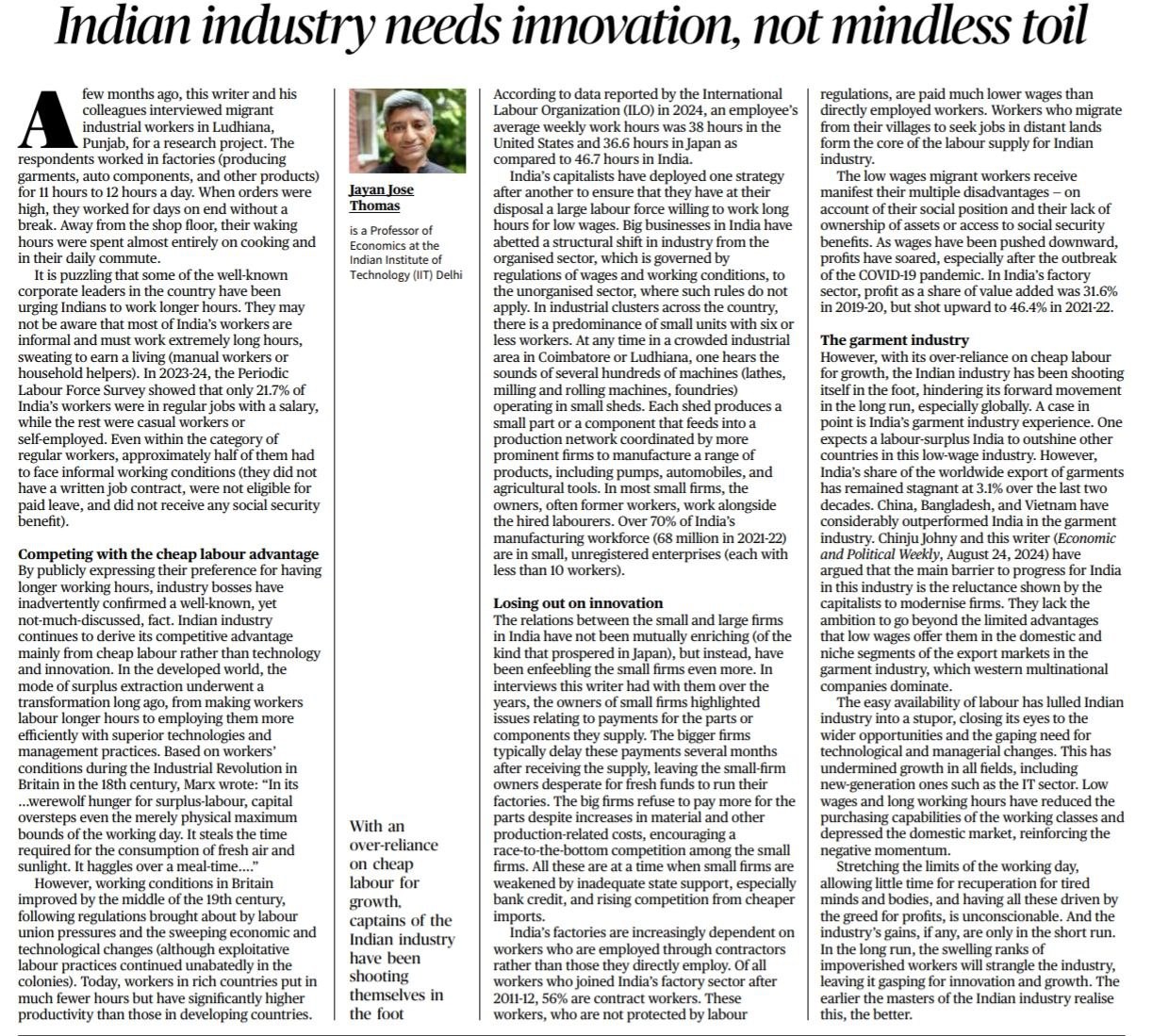1. Global Talent Shortage – Challenges and India’s Strategic Advantage
Introduction
The global labor market is experiencing a shift due to rapid technological advancements, changing workforce demands, and demographic transitions. A study by FICCI-KPMG highlights a potential shortage of 85.2 million skilled workers by 2030, resulting in an estimated unrealized revenue of $8.45 trillion. This scenario presents both a challenge and an opportunity for India, given its large and growing skilled workforce.
- Geographic Workforce Demands
- Gulf Cooperation Council (GCC): Demand for manufacturing and construction workers.
- Europe & UK: Need for service-sector workers, especially in the post-industrial economy.
- Australia: Increasing healthcare workforce demand due to aging populations.
- Tech Sectors: Globally, there is an increasing demand for skills in AI, data analytics, IoT, blockchain, and sustainability.
- Barriers to Workforce Mobility
- Regulatory and Efficiency Issues: Complex visa processes, stringent work permit regulations.
- Exploitative Recruitment Practices: Human trafficking, unethical hiring policies.
- Skill Recognition Challenges: Indian degrees and certifications are not universally recognized.
- Cultural and Language Barriers: Integration issues in foreign labor markets.
- Strategies for Workforce Integration
- Bilateral Agreements & FTAs: India has signed labor mobility agreements with the UAE and GCC nations.
- Government Oversight on Recruitment: Stricter regulations to prevent worker exploitation.
- Mutual Recognition of Qualifications: Collaboration on academic and professional equivalencies.
- Public-Private Partnerships: Incentivizing private-sector involvement in workforce planning.
- India’s Strategic Advantage
- Demographic Dividend: Large pool of young, skilled workers.
- Global Perception: Countries recognize Indian workers for their efficiency and expertise.
- Curbing Illegal Migration: Strengthening legal migration channels to maintain global trust.
- Economic Impact: Improved workforce mobility could contribute significantly to India’s GDP growth and global reputation.
Conclusion
As the world faces a critical skilled workforce shortage, India stands at the forefront of this transformation. By addressing regulatory challenges, ensuring fair recruitment practices, and enhancing skill recognition globally, India can position itself as a key player in the international labor market. Proactive policy-making and strategic alliances will be crucial for leveraging this opportunity effectively.
Bottom of FormMains Practice Question |
Q. The global shortage of skilled labor presents both a challenge and an opportunity for India. Discuss the barriers to workforce mobility and suggest measures to enhance India’s role in the global labor market. (250 words) |
2. Indian Industry Needs Innovation, Not Dependence on Cheap Labour
Introduction
India’s industrial sector has long relied on cheap labor to maintain its competitive edge rather than investing in technological advancements and innovation. Despite long working hours, low wages, and poor working conditions, many workers remain outside formal employment protections. This over-reliance on labor-intensive methods limits productivity and economic growth.
- Exploitation of Cheap Labor in India
- Indian workers, particularly in industries like textiles, manufacturing, and construction, work significantly longer hours than their counterparts in developed nations.
- The informal workforce constitutes a significant portion of the labor market, often lacking social security benefits, job contracts, or fixed wages.
- Industrialists in India prefer extending working hours rather than improving work conditions or adopting efficient processes.
- Global Comparison and Lessons
- Developed nations (e.g., UK, Japan, USA) transitioned from labor exploitation to productivity-driven growth through innovation and regulation.
- In contrast, India continues to depend on excessive labor hours rather than efficiency and mechanization.
- The British Industrial Revolution (18th century) improved productivity by focusing on technological advancements rather than labor exploitation.
- Issues with India’s Current Industrial Model
- Lack of Innovation: Industries focus on maintaining cheap labor supply instead of investing in research and automation.
- Weak Integration of Small and Large Firms: Small enterprises remain disconnected from larger firms, limiting technological spillover and skill enhancement.
- Declining Share of Manufacturing in GDP: The manufacturing sector has not grown significantly, with job insecurity increasing post-COVID.
- Rural-Urban Migration Issues: Migrant workers remain underpaid and vulnerable to economic shocks due to lack of protection.
- Need for Structural Changes
- Encouraging R&D and Skill Development: Investment in skill upgradation, automation, and AI-driven manufacturing is crucial.
- Better Labor Regulations: Formalizing labor contracts and providing social security to workers.
- Strengthening MSMEs: Integrating small enterprises with larger firms to ensure knowledge transfer and efficiency.
- Reducing Exploitative Labor Practices: Shifting from labor-intensive to capital-intensive industrial models for sustained economic growth.
Conclusion
India’s continued reliance on cheap labor is a self-limiting strategy that hampers industrial growth and global competitiveness. A shift toward innovation-driven growth, supported by technological advancements and better labor policies, is essential. The sooner India realizes this and reforms its industrial sector, the better positioned it will be for long-term economic success.
Mains Practice Question |
Q. India’s industrial sector has historically relied on cheap labor rather than innovation. Analyze the drawbacks of this approach and suggest measures to promote sustainable industrial growth. (250 words) |



